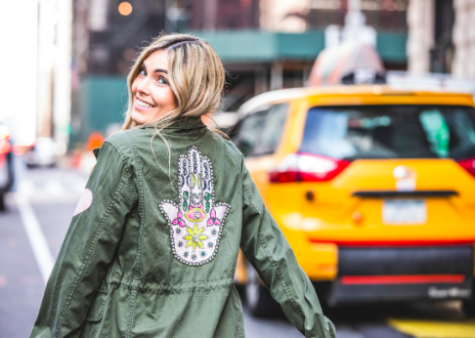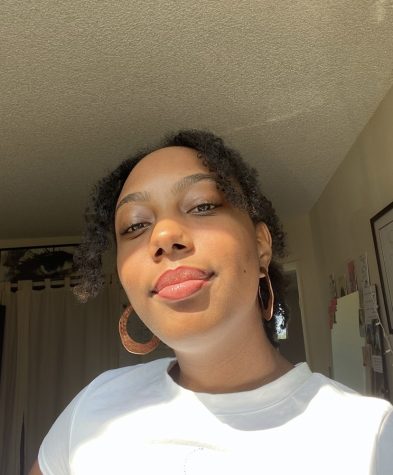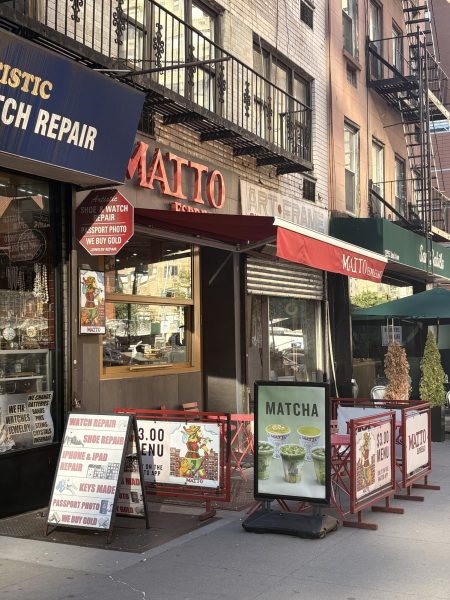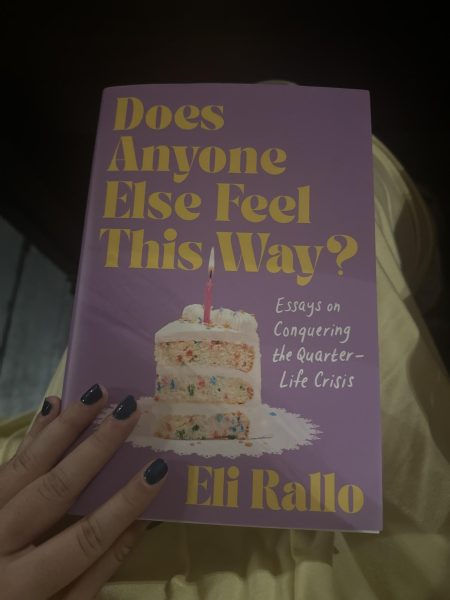Upcycling in NYC
Reading Time: 4 minutesStarting on March 1st, New York became the third state to ban the distribution of single-use plastic shopping bags to consumers. California, Oregon, and now New York, are the only three states with a ban on plastic bag distribution, while many other states that have passed laws banning disposable bags are set to go into effect sometime in 2020 or 2021. Now, retailers are allowed to charge five cents per bag in order to reduce plastic waste and environmental impacts.
“The plastic pollution crisis rivals the threat of climate change as it pollutes every natural system and an increasing number of organisms on planet Earth,” explained Hugo Tagholm of the marine conservation and campaigning group Surfers Against Sewage. “Whilst the production of throwaway plastics has grown dramatically over the last 20 years, the systems to contain, control, reuse and recycle them just haven’t kept pace.”
With climate change being a large global problem, we are in desperate need of eco-conscious choices if we want any chance of saving our planet. It’s easy to consider not using plastic from here on out, but what is there to do about the pile of plastic bags barricading under your kitchen sink? The answer is more simple than you think: Upcycling. Upcycling is the practice of reusing old objects or materials to create a new product that has more value than the original. It’s considered a more creative way of recycling and reusing old materials without harming the environment.
In Kimberly Golynskiy’s book, From Waste to Wares: Upcycling Plastic Bags for Relief, Aid, and Development, she explains, “Plastic bags are an environmental and health hazard, but they are also a useful raw material. Using simple knitting and fusing methods, it is possible to turn plastic shopping bags into useful items for relief, aid, and development needs.” By using these methods, she was able to create ropes, shoes, tarps, rainwater catchers, toilet seats, neonatal warming bags, fishing nets, and construction webbing all from old plastic bags.
Another example of upcycling plastic is from a visual artist, Pipilotti Rist. Rist teamed with Parley for the Oceans — an organization focused on cleaning oceans, shorelines, and upcycling intercepted plastic waste — to produce a tote bag made from recycled plastics salvaged from the sea.
Of course, not all plastic upcycling projects have to be this intricate. Some easy at-home projects are as simple as stretching and tying your bags together to create a plastic yarn, using bags as packing material for fragile objects, covering your paint trays with bags as a paint guard, or even using bags as protective book covers. Of course, if none of this seems like a fit for you, many local thrift stores and flea markets would be delighted to take your old bags as long as they are unripped and free of bacteria.
Celina Chase, a junior at Marymount Manhattan College, actually spent years upcycling her clothes and old fabrics without truly knowing the name of what she was doing.
“I used to make dresses and shirts out of old fabrics that people would throw away. I guess I never really looked at it in the sense of upcycling; it was kind of just a fun and cheap activity to me.” Chase explained, “Even now, I use reusable beeswax wraps to wrap my food instead of containers and plastic because it’s eco-friendly and I can use it for everything. I’ve also used reusable bags for a year or so.”
“I tried the whole, zero waste thing, but I realized how hard it is to not make any waste at all.” Zero waste is a system where Instead of discarding resources, they create a system where all resources can be put back into the system. The goal of zero waste is to move to a circular economy where we write trash out of existence.
“I have so much respect for the people that do it,” Chase started, “but I learned that it’s not about being zero waste, it’s about using the least amount of waste I can.”
It is our priority to keep the world focused on the environmental crisis we’re facing and upcycling is a great way of staying environmentally conscious. In fact, in New York, thrifting and upcycling is a large part of the cities culture.

UpcycledNYC is a brilliant example of one of the many ways brands are shifting how their products can be more eco-friendly. The creative director of UpcycledNYC, Paula Sabetay Stvan decided it was time to do something about all the leftover fabrics that were going to waste. Because of this problem, Stvan created a UpcycledNYC to create clothing, accessories, and home decor that uses only repurposed material. This goal allowed for her items to not only be a huge help to the environment, but also custom, one-of-a-kind, and limited edition.
A 2017 Cone Communication CSR study found that 87% of US consumers will buy a product based on how a company’s values align with their own and that 76% of consumers said they would boycott a company for supporting an issue that runs against their beliefs. Because more consumers care about sustainability, more businesses are working hard to win them over.
“We have not treated our earth very kindly,” Chase said. “I know that I can’t change what other people are doing, but I can do my part and lessen my carbon footprint. Even if a plastic bag ban is just five cents, it’s a start. I feel like if we all just worked on doing our own part, things would be so much different.”
Upcycling is a great way to stop things from entering the landfill to begin with. When we recycle, we take old materials, break them down, and turn them into new materials that we can use to make new products. Upcycling is just one way to take your eco-footprint one step further. Reducing waste is the most important thing we can do, and I urge you all to get creating and help end climate change one project at a time.

Rayiah Ross is a senior majoring in digital journalism and minoring in creative writing. She has a focus on cultural criticism and social commentary.





